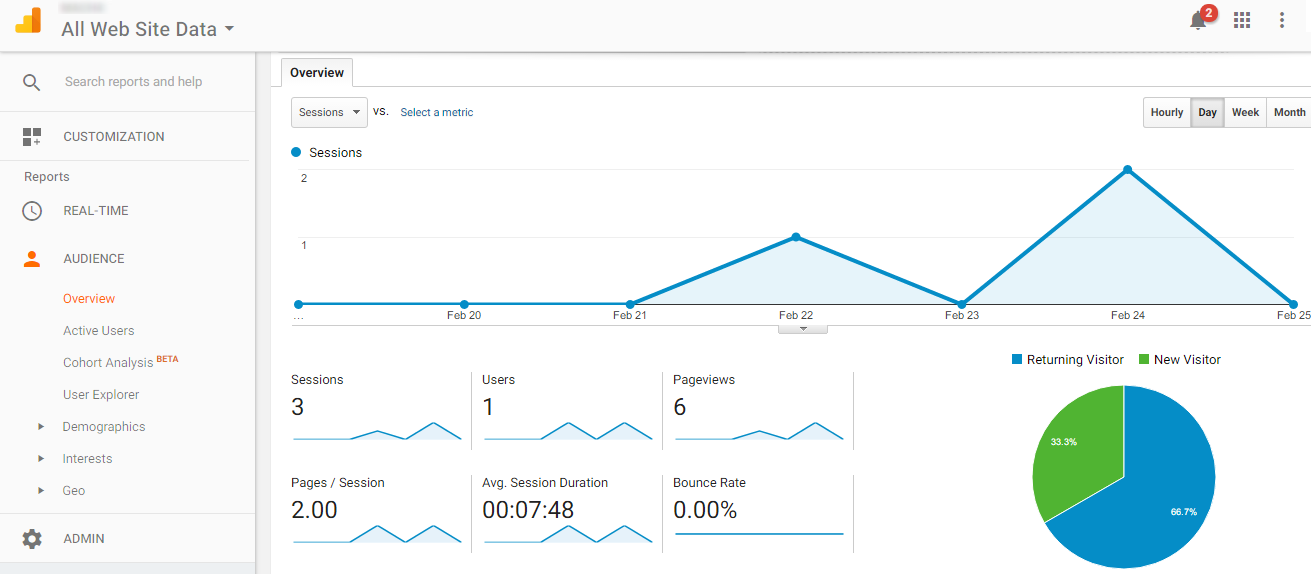Measurement is the key to business success. Unless you monitor your company’s performance and key marketing metrics, there’s no way to identify the components in your strategy that need to be replaced, removed, or optimized. Secondly, you need to know what to do with the information you gather. For most online marketers and businesses, Google Analytics is the go-to platform for obtaining data on advertising and marketing. It lets you understand your audience, traffic acquisition channels, conversions, and the overall performance of your web content. Behavior – Although it’s labeled “behavior”, the information you can find in this section is more focused on your website’s individual page performance. Despite the depth of information you can obtain from Cyfe, you can use the tool for as long as you need for free. Crazy Egg Marketing analytics and business growth are all about numbers. Buffer Although there are pure social media analytics platforms like Iconosquare, Tailwind, and Followerwonk, an all-in-one social marketing platform like Buffer can provide most businesses with sufficient engagement statistics to boost the experience of followers. With the analytics tools above, you can have a bird’s-eye view of the online branding, sales, and marketing aspects of your business.
Measurement is the key to business success. Unless you monitor your company’s performance and key marketing metrics, there’s no way to identify the components in your strategy that need to be replaced, removed, or optimized. It’s also important to closely track the impact of new strategies to see if they’re worth keeping.
However, making data-driven decisions is easier said than done. First of all, you need to have robust and cost-effective measurement platforms that generate an ideal ROI. Secondly, you need to know what to do with the information you gather.
When it comes to digital marketing and online businesses, below are the top seven tools you should use for actionable analytics:
1. Google Analytics
Let’s start with the platform that everyone knows. For most online marketers and businesses, Google Analytics is the go-to platform for obtaining data on advertising and marketing. It lets you understand your audience, traffic acquisition channels, conversions, and the overall performance of your web content.

The best thing about Google Analytics is that you don’t have to spend a dime to get all the core features. To set it up, you need to integrate it with your content management system, which can be done by generating a tracking ID and embedding it within your website’s code.
Once your site is confirmed, you should be able to access real-time information through the Google Analytics dashboard. It breaks down information into four main categories:
- Audience – This section contains information that can help syou understand who your users are, where they come from, what devices they use, and what piques their interest.
- Acquisition – This tab helps you review the results of your acquisition channels, including your social media marketing, SEO, and advertising efforts.
- Behavior – Although it’s labeled “behavior”, the information you can find in this section…

COMMENTS